Table of Contents
As of the final quarter of 2019,
• The number of Android apps in the Google Play store has reached 2.57 million applications, making it the largest app store for mobile applications
• The second position is held by Apple’s App Store with 1.84 million iOS applications in it, Gartner.
These stats are clear indications of the increasing surge of mobile apps amongst users. Many companies are in the game to match the pace given the demand. However, the biggest challenge to build a mobile application is its platform dependency, an important factor that contributes to the revenue associated with the application.
Let’s say, if your company develops only android applications, it subsequently restricts the revenue source to android users. It is time to extend your application to the users of other platforms like Windows and iOS, with the need to develop applications that are adaptable to multiple platforms. However, re-coding each application for every other platform consumes ample time and resources with the requirement to have strong multi-programming skills, which is a quite complex task for both the organization as well as the developer.
What is a Cross-Platform Development Framework?
A cross-platform development framework is a blithesome advantage for the companies, enabling the developers to apply the WORA (Write Once Run Anywhere) formula in their applications. A cross-platform development framework liberates the developer from the hassle of re-coding a single application on multiple platforms instead it allows them to write a code on one technology and execute it on various platforms.
The two close contenders among the various cross-platform development frameworks available in the market are Xamarin and React Native. Xamarin and React Native are open-source cross-platform development frameworks that have transfigured the application development market. Both of them have their pros and cons individually
Let’s take a closer look at some significant subtleties of the frameworks to assist you with picking the best framework that accommodates your prerequisites.
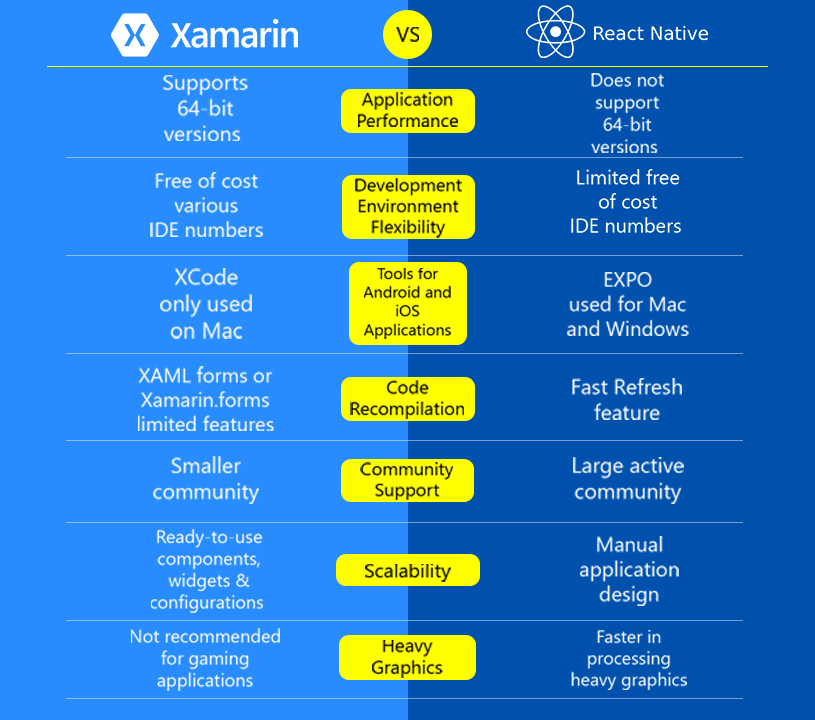
• Application Performance
Application performance is the most significant factor to be considered while choosing a cross-platform application development framework. The performance of a framework relies upon numerous components and factors, including the device configuration, code, Native applications, 64-bit requirement, execution speed, etc.
Though React Native is a fast app development framework and gives near-Native experience, it does not support 64-bit versions. Thus, the applications developed on React Native are not supported by 64-bit devices.
Xamarin is at an edge here as along with being a faster framework it also supports 64-bit versions. So, any application that is built on Xamarin can be executed on all the 64-bit version devices.
• Development Environment Flexibility
Development Environment is the workspace where the programmer develops and tests their work before making it live.
React Native is quite flexible as it gives various IDE alternatives at free of cost, to create applications.
Xamarin lags behind React Native with regards to flexibility as Xamarin confines to a very few IDE numbers and especially the Microsoft Visual Studio. Hence, along with the C# language, you need to get trained to use the Visual Studio and pay for its license as well.
• Tools for Android and iOS Applications
In order to create a Xamarin framework based iOS application, you need to install a tool called XCode which can only be used on Mac and not on Windows.
On the flip side, with React Native, you need not install any separate tools like Android SDK and XCode to create your application, rather you can do it through a single tool called EXPO. However, for more Native experience and better performance, you can download these tools as well, just like Xamarin.
• Reloading and Refresh
Reloading and Refresh feature is associated with the re-compilation of the code every time a change or modification is made to the code. A developer needs to make changes throughout the application development process and re-compilation at every single change takes up a lot of time.
This problem was initially addressed through the Live Reloading and Hot Reloading features of React Native, which have now been modified and consolidated to a single feature called Fast Refresh. This feature does not compile and refresh your app manually rather, it automatically refreshes it whenever a change is made, prompting faster and creative development.
Though Xamarin 4 has also incorporated this feature in it, however, it is only limited to the XAML forms or Xamarin.forms, hence for the rest of the C# code and modules, you need to follow the same re-compilation process.
• Community Support
React Native has marked its presence in the app development market with:
– 60K+ stars on Github
– 6.5K followers on Stack share
The numbers are clearly shouting about the soaring popularity of React Native. Backed by Facebook and being an open-source yet profoundly functional framework, it also owns a robust active community that helps you when you have stuck anywhere while creating your application.
Xamarin is also now an open-source framework, however, it wasn’t the same when it was introduced, which ended up being one of the reasons behind its less popularity and smaller community. The larger community of the React Native once again makes it a winner.
• Scalability
Xamarin comes with an advantage that it does not require the user to manually design the application in order to create a Native look and feel. With the help of available components, widgets as well as the effective integration with the operating system and other configurations, the application created through Xamarin, already has Native experience.
Well, that’s not the case with React Native, as with this framework you need to manually design your application to create Native look and feel.
• Heavy Graphics
Xamarin is more for simple applications rather than complex ones, as Xamarin is very slow in processing heavy graphics and hence not recommended for gaming applications.
React Native is comparatively faster in processing heavy graphics and is used for all kinds of applications ranging from the simpler to complex. Therefore, React Native proves to be a better framework for heavy graphics.
Conclusion
If you have experience in C# and have tried your hands in Visual Studio as well, Xamarin can be easier for you. Xamarin, with amazing components and widgets in the framework, JIT and AOT compilation, higher scalability, etc, works great for smaller applications, whereas, not preferred for the larger applications.
React Native, on the other hand, requires you to have the knowledge of Javascript and React. Along with the ease of installation, higher productivity, colossal community support and strong backing like Facebook, it works great for all sizes of applications as well.
If the technology is not the constraint for you, React Native proves to be a better option for cross-platform application development. However, in the other case, Xamarin is not bad either as it is the best C# based application development framework. So, evaluate your requirements and get your application built on Xamarin or React Native that fits you better. However, if you are still on the fence, get in touch with our Ace Experts.









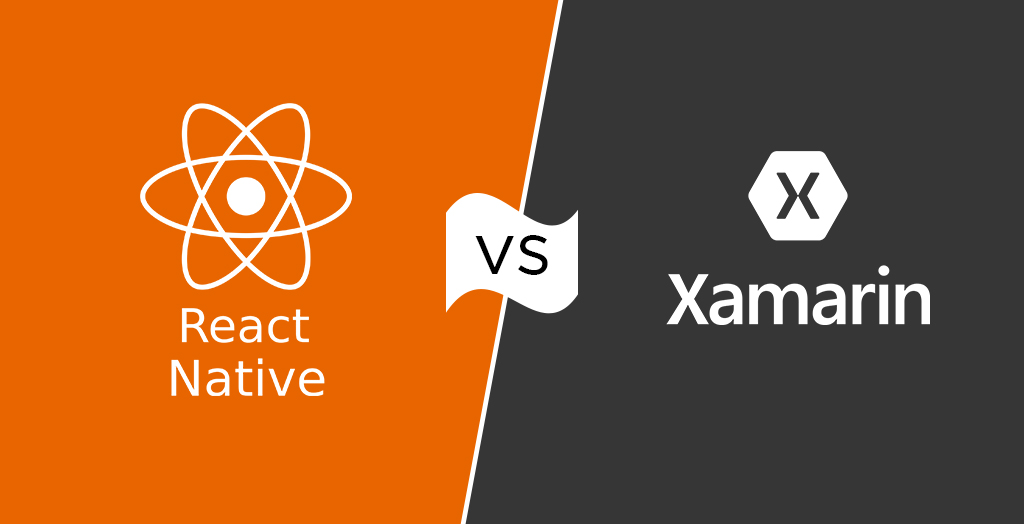


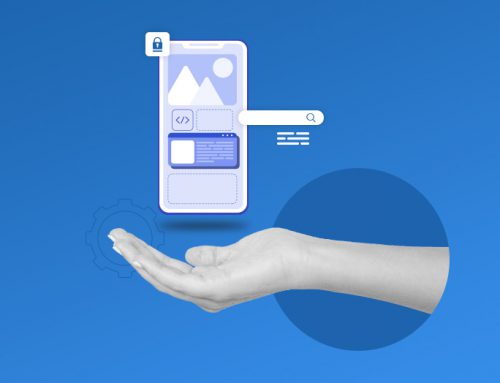
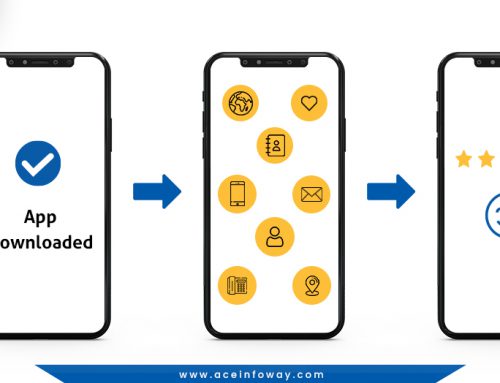


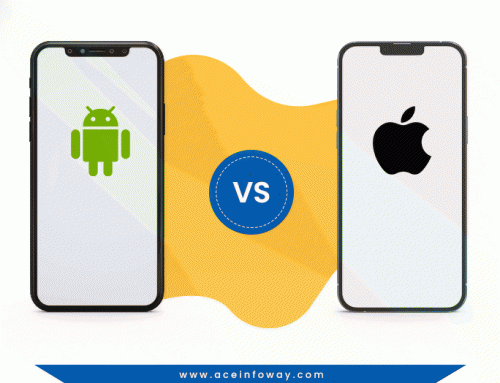









Leave A Comment